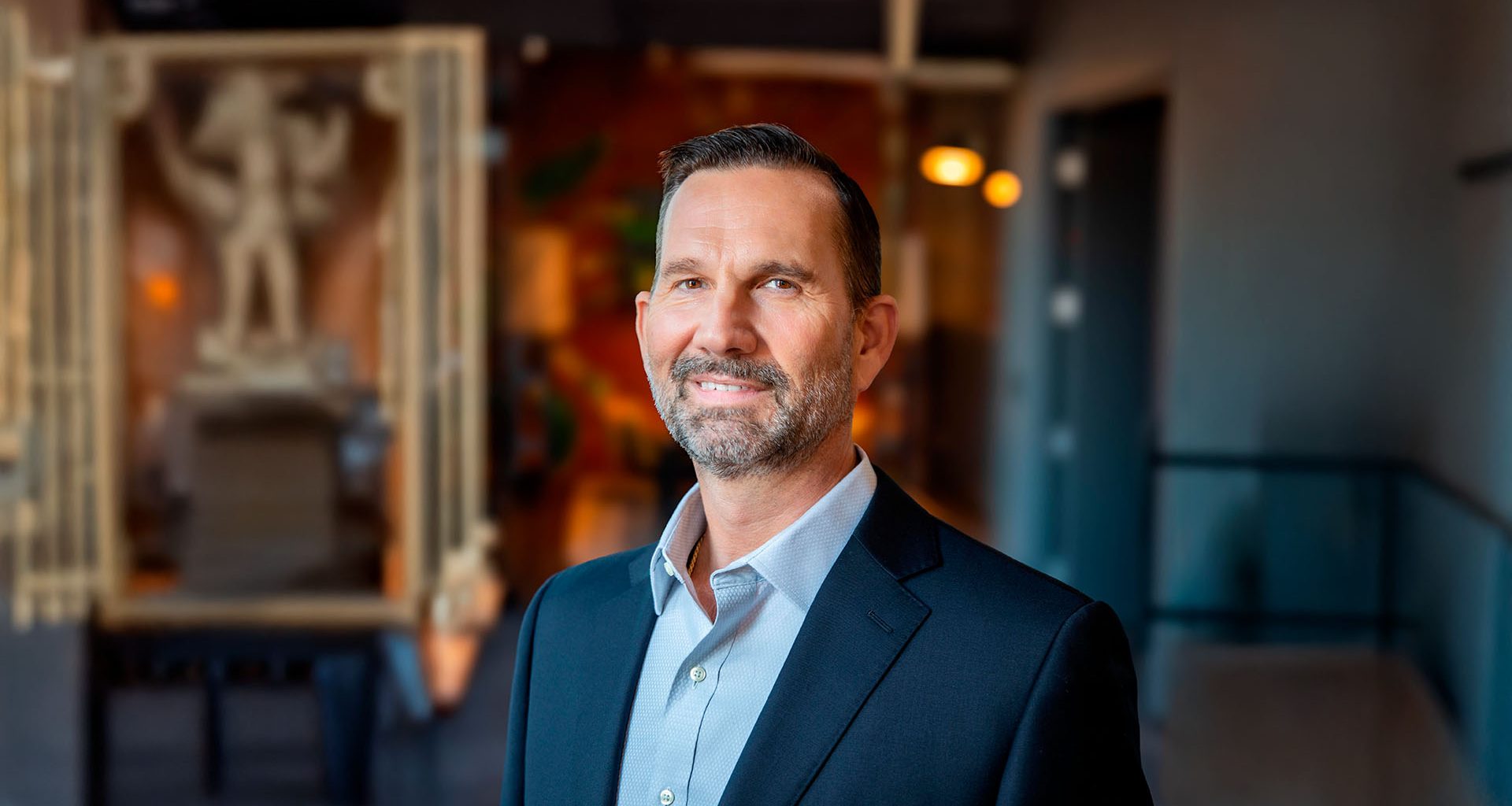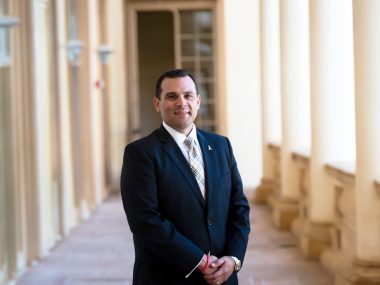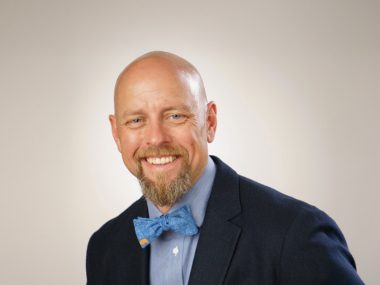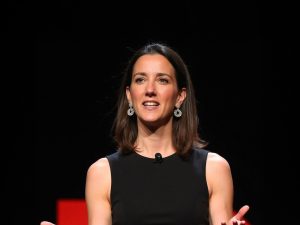Client success has evolved from a passive support function into a strategic revenue driver. Companies are discovering that satisfied customers aren’t enough anymore. The focus has shifted toward controlling expansion opportunities and delivering measurable value. Bradley Roger Swenson, with over three decades in healthcare software leadership, has witnessed this transformation firsthand and developed strategies that turn client relationships into growth engines.
Bridging Sales and Leadership Roles
Swenson spent the first half of his career in sales before moving into executive leadership of revenue organizations. This dual experience gives him an unusual perspective on how client relationships actually drive business results. The changes he’s witnessed aren’t subtle. “Early in my career when you looked at what client success was, it was a passive organization that did the implementation and tried to maximize customer satisfaction,” Swenson recalls. “But in recent years as we’ve modularized our software as a service solutions, the opportunity for expansions has become much more important.” The shift makes sense when you consider how business models have evolved. Companies can no longer rely on one-time sales. They need existing clients to expand their usage, add modules, or upgrade services. This puts client success teams at the center of revenue generation rather than on the sidelines.
Managing Demands from Big Clients
Growing companies face a particular temptation that Swenson has seen derail many promising businesses. The lure of big-name clients can create more problems than solutions, especially for companies still finding their footing. “Too often what I’ve seen is companies will chase the big logos, the largest health systems, the blue labels of healthcare providers across the country and then they become a slave to them,” he explains. “They’re going to have to customize, they’re going to be at their beck and call.”
Getting Mayo Clinic or another prestigious name on your client list sounds great for marketing purposes. But Swenson points out the hidden costs. These large organizations often demand extensive customization and constant attention that smaller companies can’t sustainably provide. The solution involves being more strategic about how you engage with these opportunities. “Perhaps it’s more of a proof of value that you do with some of these large, big-name organizations,” he suggests. This approach lets companies test their solutions with prestigious clients without becoming overwhelmed by their demands.
Implementing Three Core Success Strategies
When it comes to leveraging client success for market growth, Swenson emphasizes three core strategies that have proven most effective in his experience.
Focus on accelerating time to value – “Through the sales process we’re talking to them about the ROI, the value that we’re going to bring. So it comes down to the client success team being able to deliver that time to value and compress that as much as possible,” he explains. This means creating early milestone achievements rather than waiting months for the first significant win.
Create feedback loops between clients and internal teams – “Certainly the voice of the customer needs to feed into both product and sales. That’s incredibly important,” Swenson states. This wasn’t standard practice early in his career, but has become essential for world-class healthcare software companies.
Measure actual business impact rather than just satisfaction scores – He envisions quarterly reviews where teams can demonstrate concrete value: “Here’s the impact that we had on your business. Whether it was efficiencies or increased patient flow… you guys said $5 million. Guess what? We hit $5.5 million.”
He sees artificial intelligence reshaping how client success operates, though not necessarily in the ways most people expect. The key involves understanding when automation helps versus when it gets in the way. “Certainly none of us want to talk to robots, whether it’s on the phone or through other channels. But we’re finding things such as ChatGPT can be incredible,” he observes. The sweet spot comes when clients need help outside normal business hours: “It’s 11 o’clock at night and we’re trying to squeeze some additional value out of our patient engagement software… If we can have smarter AI-enabled chatbots, I think that will be wonderful.”
Beyond customer-facing tools, Swenson gets excited about operational applications. Instead of spending time creating dashboards to spot problems, AI can identify issues before they become serious. “With AI, it’s going to find the problem. I don’t have to look at a dashboard,” he explains. Companies that treat client success as an afterthought miss enormous growth opportunities. His experience shows that the right approach can turn satisfied customers into a company’s most powerful growth engine.
Connect with Bradley Roger Swenson on LinkedIn to explore client success growth strategies.











